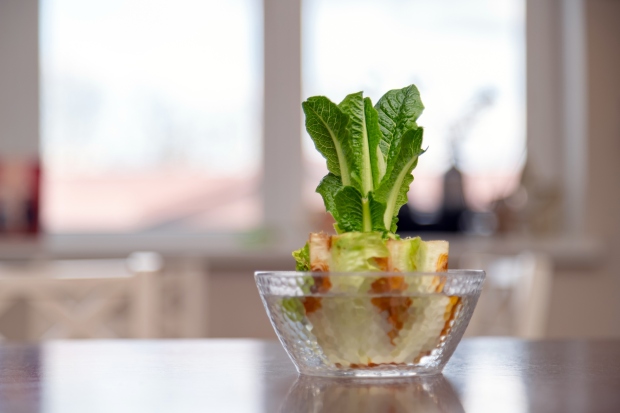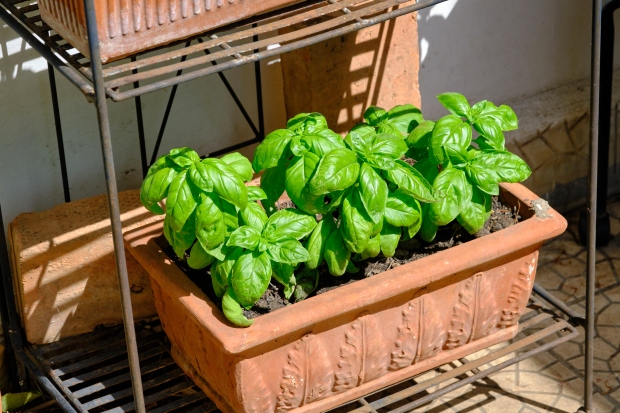Did you know that you can grow some vegetables from the kitchen waste that usually gets thrown away? This is a great method of saving money and reducing food waste (which creates greenhouse gasses). Not only that, but it’s an easy and satisfying way to see something grow from nothing!



